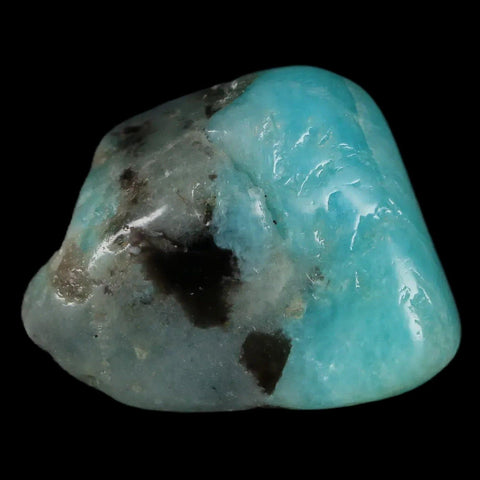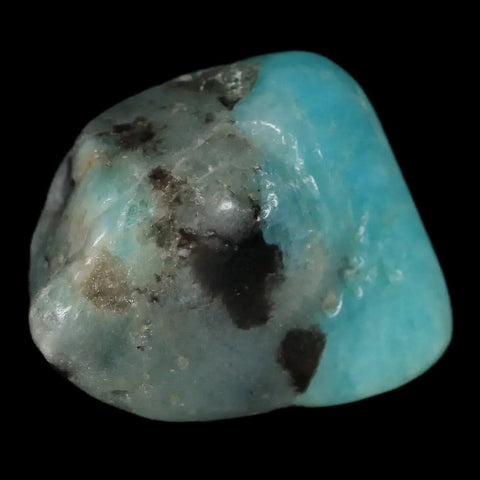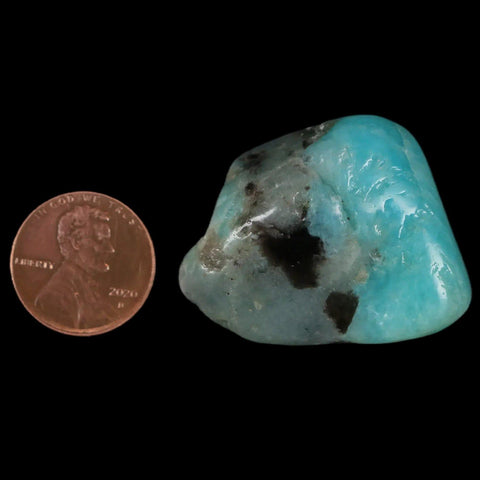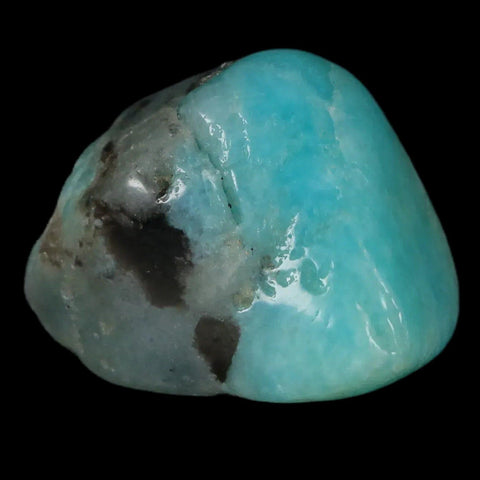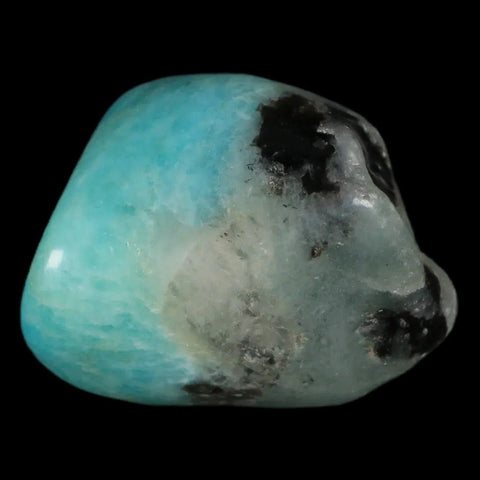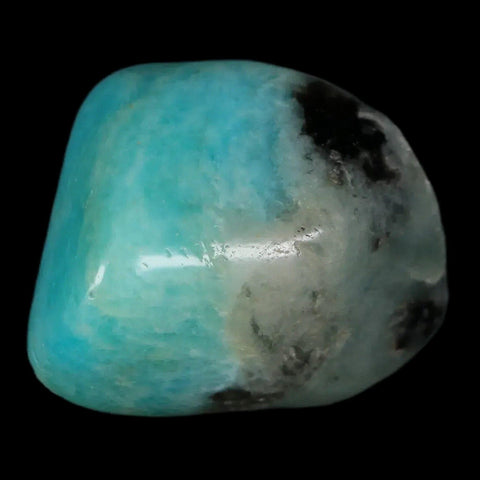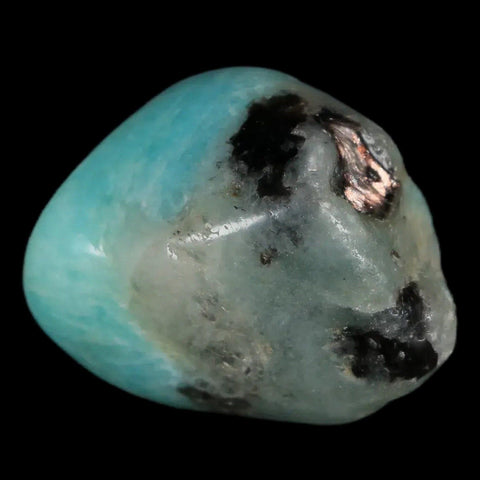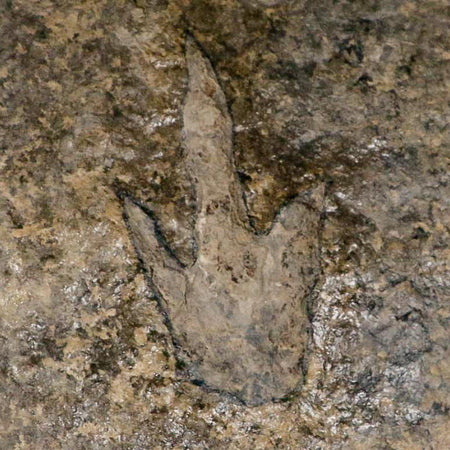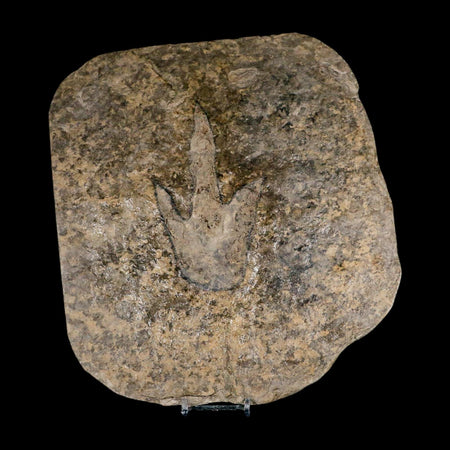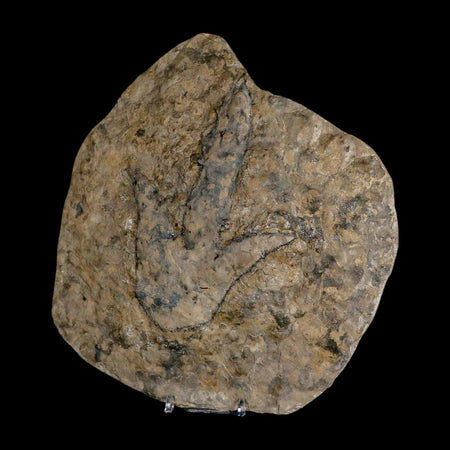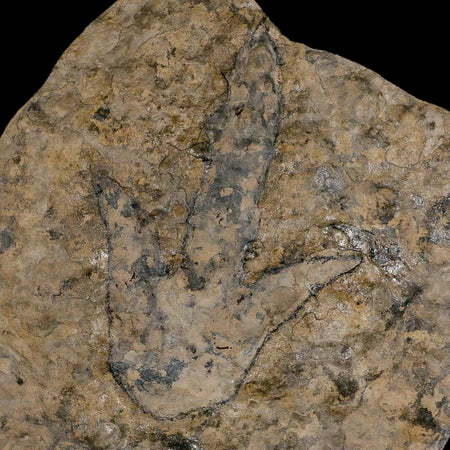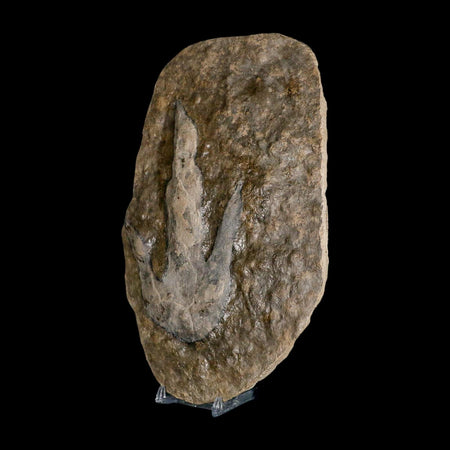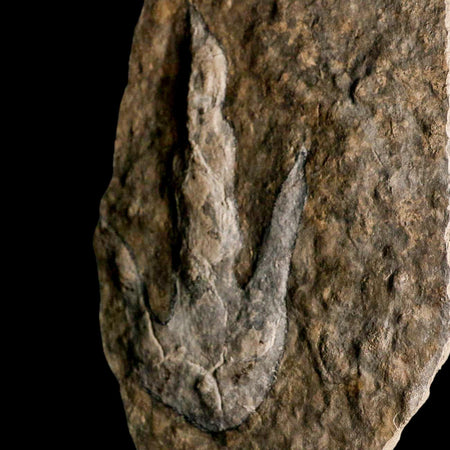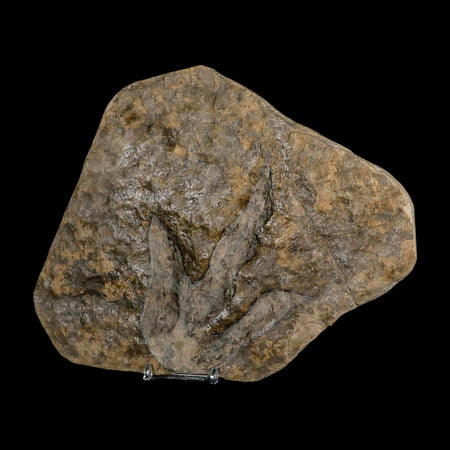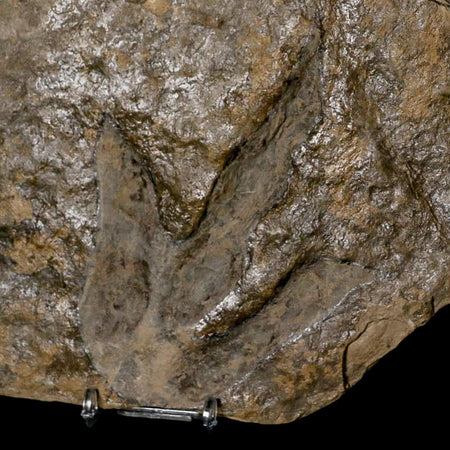1.4" Polished Natural Amazonite Palm Stone Mineral Specimen Madagascar
Location: Madagascar
Weight: 1.4 Ounces
Dimension: 1.4 Inches Long, 1.1 Inches Wide, 0.8 Inches Thick
The item pictured is the one you will receive.
Amazonite is an extremely ancient gemstone that has been prized for its beauty and healing powers for many centuries. This pale green mineral rock has been carved into statues, amulets, and gemstones for jewelry and has had important texts carved on it in times long past. Amazonite is still appreciated to this day for all of its uses, benefits, and beauty.
Amazonite mineral has a rich and ancient heritage that defines its significance. Valued by the peoples of pre-Columbian South and Central America, this pale green stone dates back to as early as the 10th century BC. Legend tells that the warrior women of Brazil’s ancient Amazon tribe decorated their shields with amazonite, using it for healing wounds and curing ailments—practices central to the stone’s meaning. It’s also said they gifted amazonite to the men who came to visit them.
Conquistadors adorned themselves with amazonite gemstones. They also appreciated how easy it was to carve the pale green mineral rock into various shapes.
Ancient Egyptians carved Chapter Seven, The Judgment of Osiris, of the Book of the Dead onto slabs of amazonite rock and adorned themselves in jewelry made from amazonite stones. They believed amazonite stones were a symbol of fertility and good luck. They carved amazonite stones into amulets that were thought to strengthen one's reproductive abilities, one of the amazonite benefits at the root of the amazonite meaning. A scarab ring and a number of other objects carved from green amazonite were found with the treasures of Tutankhamun.
Amazonite, commonly known as "The Amazon Stone," takes its name from the Amazon River in South America, where it was initially thought to have been discovered. Although deposits of this soft green mineral no longer exist in the Amazon River Basin of Brazil, amazonite continues to be found in other Brazilian locations. Significant deposits also occur in regions such as Colorado and Virginia in the United States, as well as in Australia and Madagascar.


